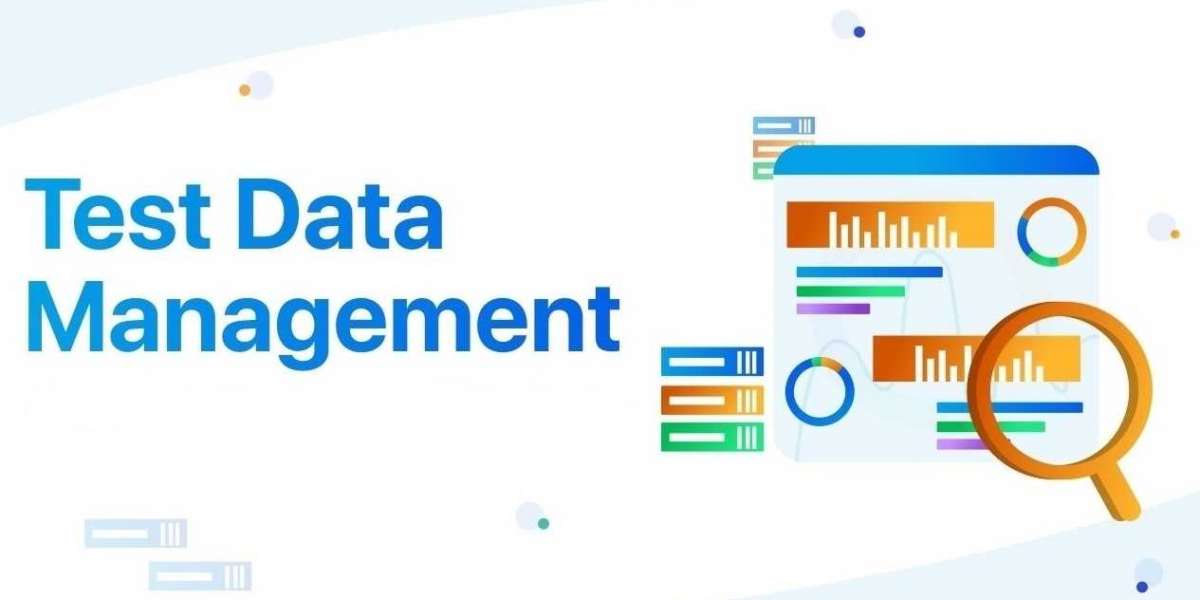In today's highly competitive digital landscape, staying ahead of the curve is crucial for businesses striving for success. Test data generation tools have emerged as indispensable assets, empowering organizations to streamline their operations, enhance efficiency, and achieve their objectives with precision. From ensuring software reliability to optimizing performance, these tools play a pivotal role in modern software development and testing processes.
Understanding Test Data Generation Tools
Test data generation tools are software applications designed to create datasets that mimic real-world scenarios. These tools generate data that closely resembles production data, enabling organizations to conduct comprehensive testing without compromising sensitive information. By automating the process of data creation, these tools ensure that the testing environment accurately reflects real-world conditions, thereby improving the effectiveness of the testing process.
Types of Test Data Generation Tools
1. Random Data Generators
Random data generators create test data by generating random values for different data types. These tools are useful for creating large datasets quickly and efficiently. However, they may not always produce realistic data that accurately represents the production environment.
2. Rule-based Data Generators
Rule-based data generators use predefined rules to generate test data. These rules ensure that the generated data adheres to specific criteria, making it more suitable for testing purposes. Rule-based generators allow users to define constraints and relationships between data elements, ensuring that the generated data is both realistic and relevant.
3. Synthetic Data Generators
Synthetic data generators create test data by analyzing existing datasets and using this information to generate new data. These tools use statistical methods and machine learning algorithms to create data that closely resembles the original dataset. Synthetic data generators are particularly useful for creating large datasets for testing purposes.
Benefits of Test Data Generation Tools
1. Improved Testing Efficiency
By automating the process of data creation, test data generation tools significantly improve testing efficiency. These tools eliminate the need for manual data entry, allowing testers to focus on more critical aspects of the testing process.
2. Enhanced Data Quality
Test data generation tools ensure that the test data is of high quality and accurately reflects real-world scenarios. By generating data that closely resembles production data, these tools enable organizations to identify and address potential issues before they impact end-users.
3. Cost-Effective Testing
By automating the data creation process, test data generation tools help organizations reduce testing costs significantly. These tools eliminate the need for manual data entry, reducing the time and resources required for testing.
4. Increased Test Coverage
Test data generation tools enable organizations to create large datasets quickly and efficiently, thereby increasing test coverage. By generating a wide range of test scenarios, these tools help organizations identify and address potential issues before they impact end-users.
Best Practices for Using Test Data Generation Tools
To maximize the benefits of test data generation tools, organizations should follow these best practices:
1. Understand Your Data Requirements
Before using test data generation tools, it is essential to understand your data requirements thoroughly. Identify the types of data you need to test and any specific criteria or constraints that need to be met.
2. Choose the Right Tool for the Job
There are many test data generation tools available on the market, each with its strengths and weaknesses. Take the time to research and choose the tool that best meets your organization's needs.
3. Define Data Generation Rules
When using test data generation tools, it is essential to define data generation rules carefully. These rules should reflect real-world scenarios and ensure that the generated data is both realistic and relevant.
4. Validate Generated Data
Once the test data has been generated, it is essential to validate it to ensure that it meets your organization's requirements. Perform thorough testing to identify any potential issues or anomalies.
5. Monitor Performance Regularly
Regularly monitor the performance of your test data generation tools to ensure that they are meeting your organization's needs. Make any necessary adjustments or updates to improve performance.
Conclusion
Test data generation tools are powerful assets that can significantly enhance the efficiency and effectiveness of the testing process. By automating the process of data creation, these tools enable organizations to create large datasets quickly and efficiently, thereby improving testing efficiency and reducing costs. With the right tools and best practices in place, organizations can unlock the full potential of test data generation and achieve their testing objectives with precision and confidence.







